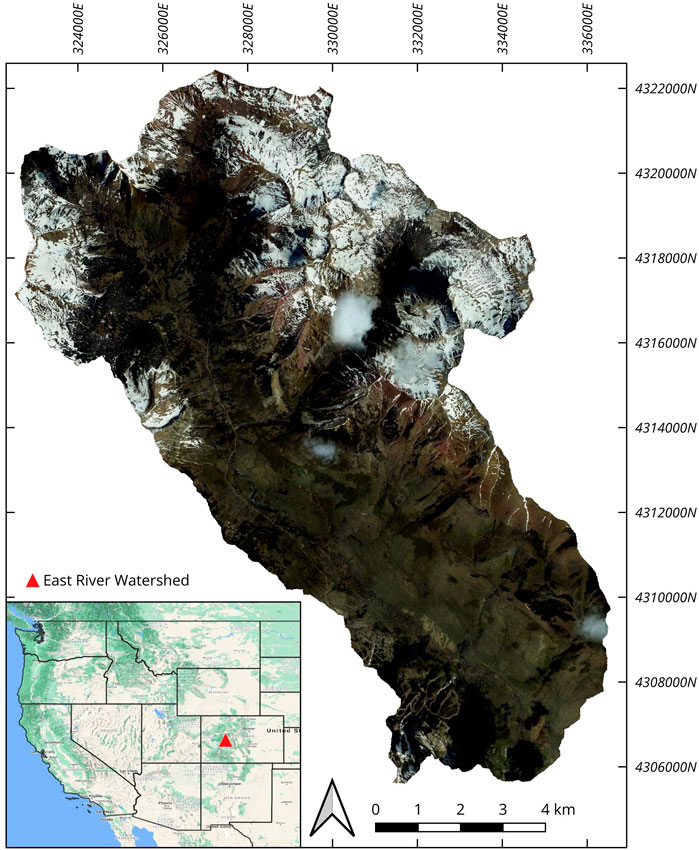In mountainous environments, traditional methods for measuring snow depth and snow water equivalent often fall short due to limited spatial coverage, especially in high elevations and remote areas. This article discusses the use of Structure from Motion (SfM) photogrammetry as an innovative approach to enhance snow depth mapping by utilizing images captured from aircraft. It highlights successes from the Airborne Snow Observatory (ASO), which combines lidar data and imaging spectrometry for accurate snow measurements.
The study focuses on evaluating SfM’s ability to estimate snow depths using high-resolution RGB photographs in comparison to established lidar-based methods. Conducted over the East River Watershed in Colorado, the analysis involved capturing snow-on and snow-free imagery, alongside lidar data for ground truthing. The results indicated that while SfM can capture snow depth effectively in open areas, challenges remain in regions with vegetation and steep slopes. Nonetheless, the SfM technique achieved promising accuracy, comparing favorably to lidar outputs with a relatively low normalized median absolute difference.
Overall, the findings suggest that SfM could serve as a supplementary method for large-scale snow observation, particularly where lidar is not feasible. The technique shows potential for continuous snow depth monitoring and can aid in hydrological modeling, offering a scalable solution for water resource management in mountainous catchments. Future research may focus on expanding the use of SfM across different terrains and conditions to refine its efficacy and integration into operational frameworks.


